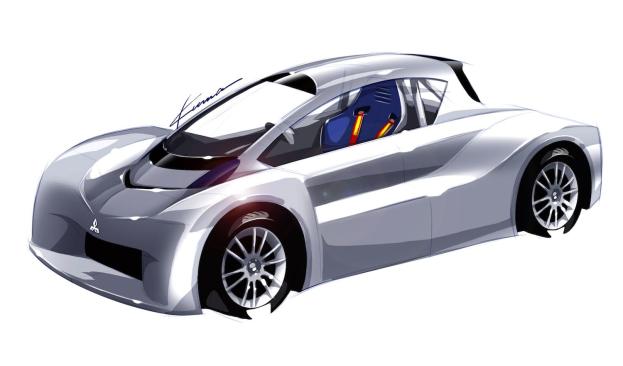
Mitsubishi has revealed to Digital Trends that it will be returning to the Pikes Peak International Hill Climb this year with a new all-electric racecar. Called the i-MiEV Evolution II, it’s based upon last year’s i-MiEV Evolution but with one big distinction: new high-density lithium-ion batteries.
Just like the name indicates, the new batteries allows for a denser composite, which, in turn, allows for greater onboard energy storage in the same compact space. This should give the i-MiEV Evolution II more brute force to get up Pikes Peak twisting road course in less time.
In fact, Motor Authority reports that the i-MiEV Evolution II will eclipse last years version’s power output by churning out 536 horsepower over its predecessor’s 321-horsepower.
Motor Authority also reports that the i-MiEV Evolution II will be driven by two-time Dakar Rally champion Hiroshi Masuoka. Joining Masuoka (who came in second place with i-MiEV Evolution last year) in the second car is Greg Tracy, six-time Pikes Peak motorcycle champion.
While the dense new lithium-ions should make for quite a racing show for the Japanese automaker, more importantly, the new technology provides Mitsubishi with valuable data for its road-going version as well.
A Mitsubishi product planner has divulged that the next-generation Mitsubishi electric car, called the i-MiEV, will also receive the new dense lithium-ion batteries. While the current i-MiEV is only rated at 62 miles per charge, the new one should see a range well above 100 miles.
While an exact production date is not yet known for the completely redesigned i-MiEV, the product planner said it would be somewhere in the 2015 to 2016 model year range.
Although we pressed for more info, the product planner was embarrassed to have shared so much so soon. We’ll try to get more info for you soon so check back.


